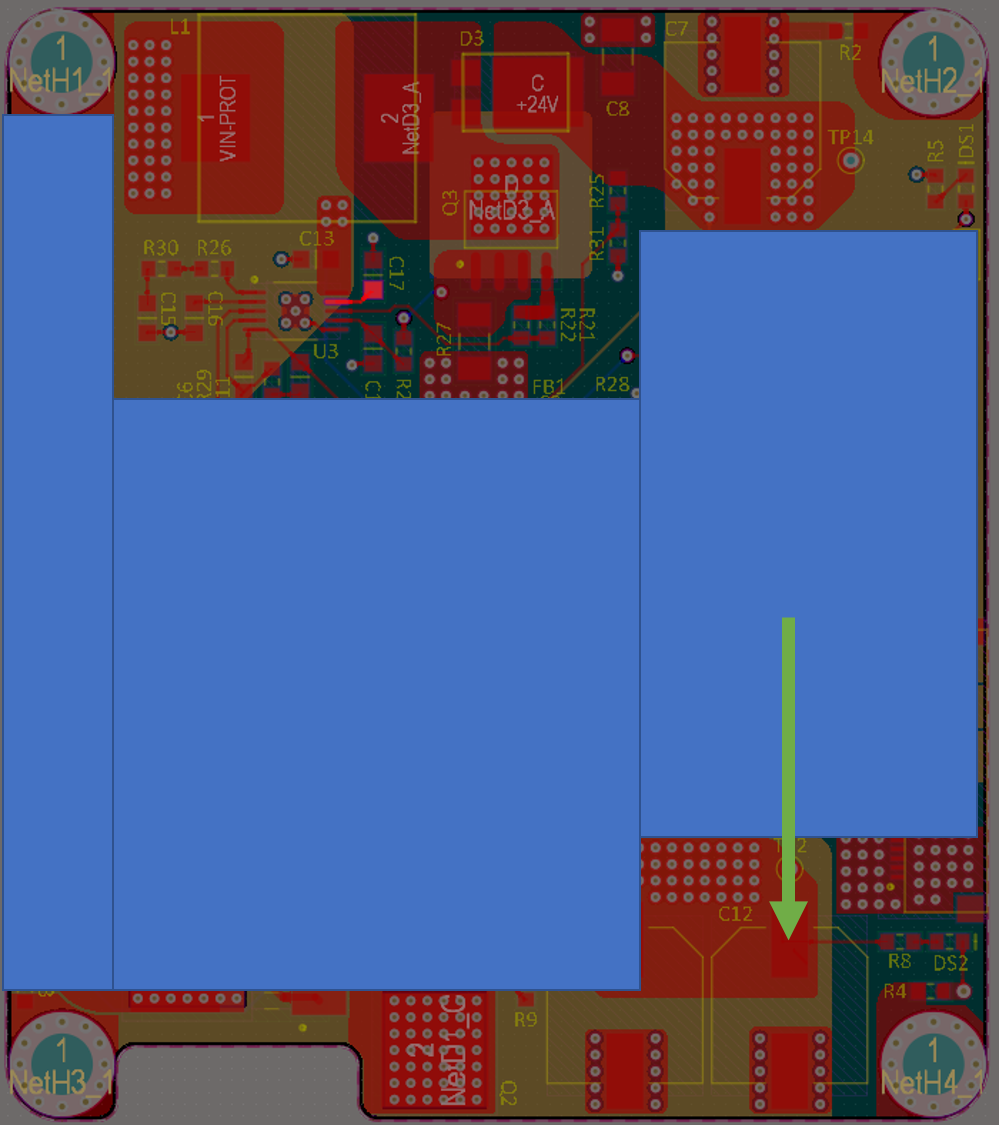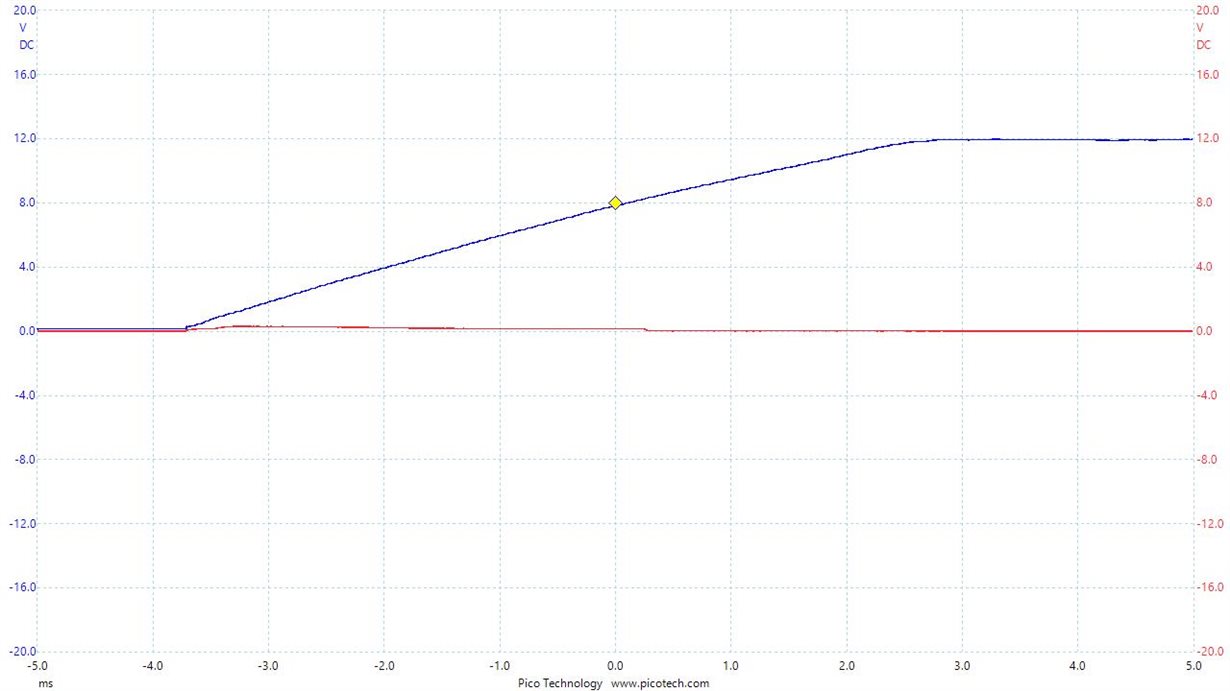Other Parts Discussed in Thread: TPS40210-Q1
Hello,
I'm using the TPS40211QDGQRQ1 in my boost converter design to go from 8V - 16V to 24V. I'm running into an issue where Vout = Vin - V_diode. That is, the switcher is not switching. There are no gate signals being generated. The nEN is disconnected so the internal pulldown is pulling it low. I have verified a DMM that this node is 0V.
I've checked my design a few times using the 8.2.2 Detailed Design Procedure in the datasheet, but haven't had any success. I thought it might be my compensation network, but would this cause the switcher to not switch at all?
My schematic and layout are shown below. Thank you for the support.
J




